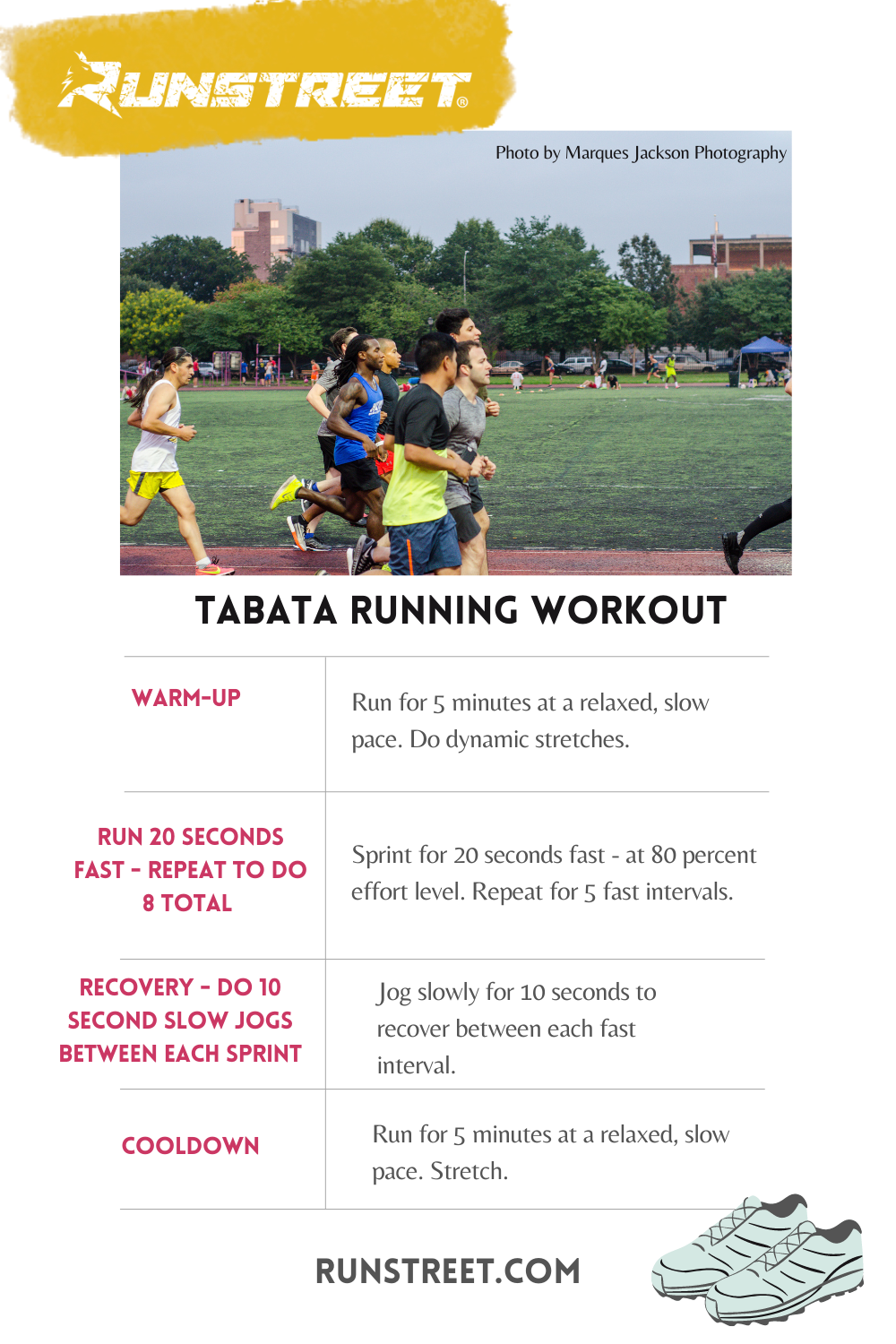Running Workout Techniques: Strategies to Boost Stamina and Speed
Wiki Article
Getting Rid Of Pain in Operating: Methods and Techniques That Work
Pain is a common buddy for many joggers, typically acting as a barrier to attaining their wanted goals. Nonetheless, with the right techniques and strategies, it is feasible to overcome and also avoid the pain related to running. By discovering numerous approaches such as comprehending the different kinds of running pain, maximizing footwear and form, incorporating cross-training and stamina exercises, implementing efficient healing techniques, and preserving appropriate nutrition and hydration, joggers can possibly alleviate their discomfort and boost their general running experience.Comprehending Various Sorts Of Running Pain

Another kind of running pain is joint pain, which can manifest as a sharp or achy discomfort in locations such as the knees, hips, or ankles (running workout). Joint pain might be caused by aspects like improper running form, overuse, or underlying conditions like arthritis (more info here). It is vital to distinguish between muscle mass soreness and joint pain, as the latter may require clinical attention to stop further injury
Recognizing the different kinds of running discomfort is essential for reliable monitoring and prevention methods to make certain a secure and delightful running experience.
Correct Footwear and Running Form
To enhance efficiency and decrease the threat of running-related injuries, picking suitable shoes and keeping proper running type are crucial parts for joggers of all levels. It is suggested to pick running shoes that are particularly developed for the individual's foot kind, running stride, and the kind of running activity they involve in.
Cross-Training and Stamina Workouts
Strength workouts, like squats, lunges, and core workouts, play a critical role in supporting muscular tissues and enhancing running efficiency. They can correct muscular tissue imbalances, improve agility, and enhance power result, all of which are necessary for running efficiency.Integrating cross-training and stamina exercises into a running routine should be done strategically. It is necessary to enable adequate rest in between running sessions and cross-training activities to stop overuse injuries. Furthermore, concentrating on appropriate kind and method during strength workouts is key to optimizing their advantages and decreasing the threat of injury. By incorporating these elements into a running regimen, runners can construct a more powerful structure, boost performance, and appreciate an extra lasting running experience.
Healing and Rest Methods
Having established the importance of cross-training and toughness workouts in a comprehensive running routine, attention can now be routed in the direction of Healing and Rest Methods as indispensable components for optimizing performance and decreasing the risk of injuries. (running workout)Healing after running is important for muscular tissue repair service and development. Techniques such as foam rolling, extending, and massage therapy assistance in lowering muscle discomfort and enhancing versatility. Adequate rest between runs allows the body to recuperate and adapt to the physical anxiety, stopping overuse injuries.
Including active recuperation days into a training timetable, where low-intensity tasks like walking or cycling are done, can improve blood circulation and promote healing without putting excess strain on the muscles. Additionally, correct hydration and nutrition play a crucial role in the recuperation procedure by renewing lost liquids and nutrients.
Quality rest is one more crucial aspect of healing that must not be ignored. Throughout rest, the body undertakes fixing and regeneration procedures, adding to total physical and psychological health. By focusing on recuperation and rest strategies, runners can keep optimal performance levels and minimize the probability of experiencing pain or injuries.
Nutrition and Hydration for Runners
Carbs give power for running, while proteins help in muscle mass repair service and healing. Ample hydration is likewise essential to preserve optimal efficiency, as also mild dehydration can adversely affect running efficiency. Furthermore, timing dishes and treats appropriately before runs can help stop stomach discomfort and offer the necessary energy for peak efficiency.Verdict
In conclusion, by recognizing the different types of running pain, putting on proper footwear, preserving appropriate running type, integrating cross-training and toughness exercises, focusing on recovery and rest, and concentrating on nourishment and hydration, joggers can properly overcome discomfort and boost their performance. Executing these approaches and techniques can assist runners avoid Continue injuries, boost their endurance, and eventually appreciate an extra fulfilling running experience.Report this wiki page